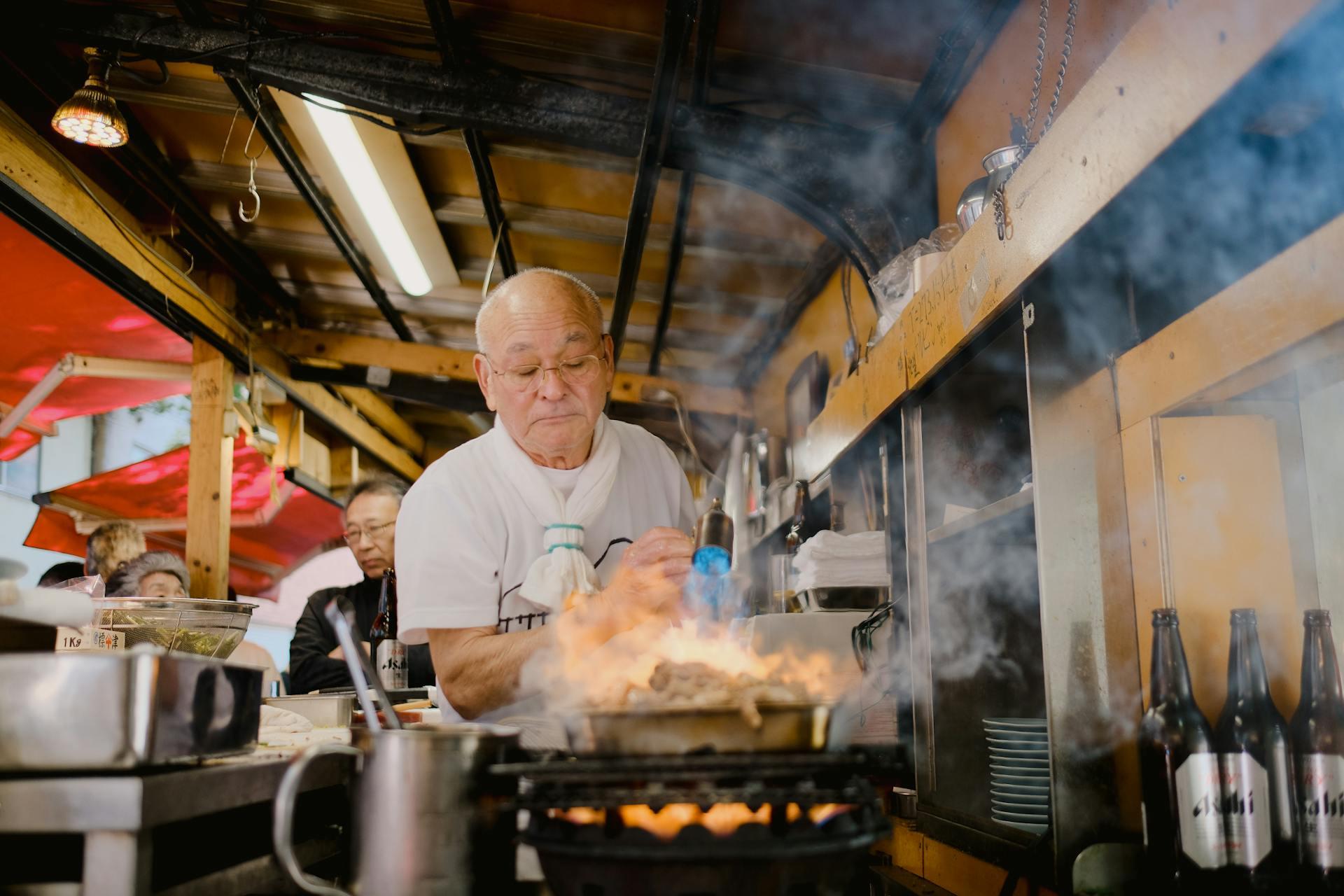Enter the colorful world of Chinese food, where each dish reflects a story of taste, style, and tradition. Chinese cooking techniques are as traditional as they are varied, from the outrageous dance of stirring to the gentle kiss of stew; this culinary journey reveals eight necessary detours of Chinese cooking that reveal the secrets of the art.
Put on your chef's apron and prepare for a delicious and history-rich culinary journey.
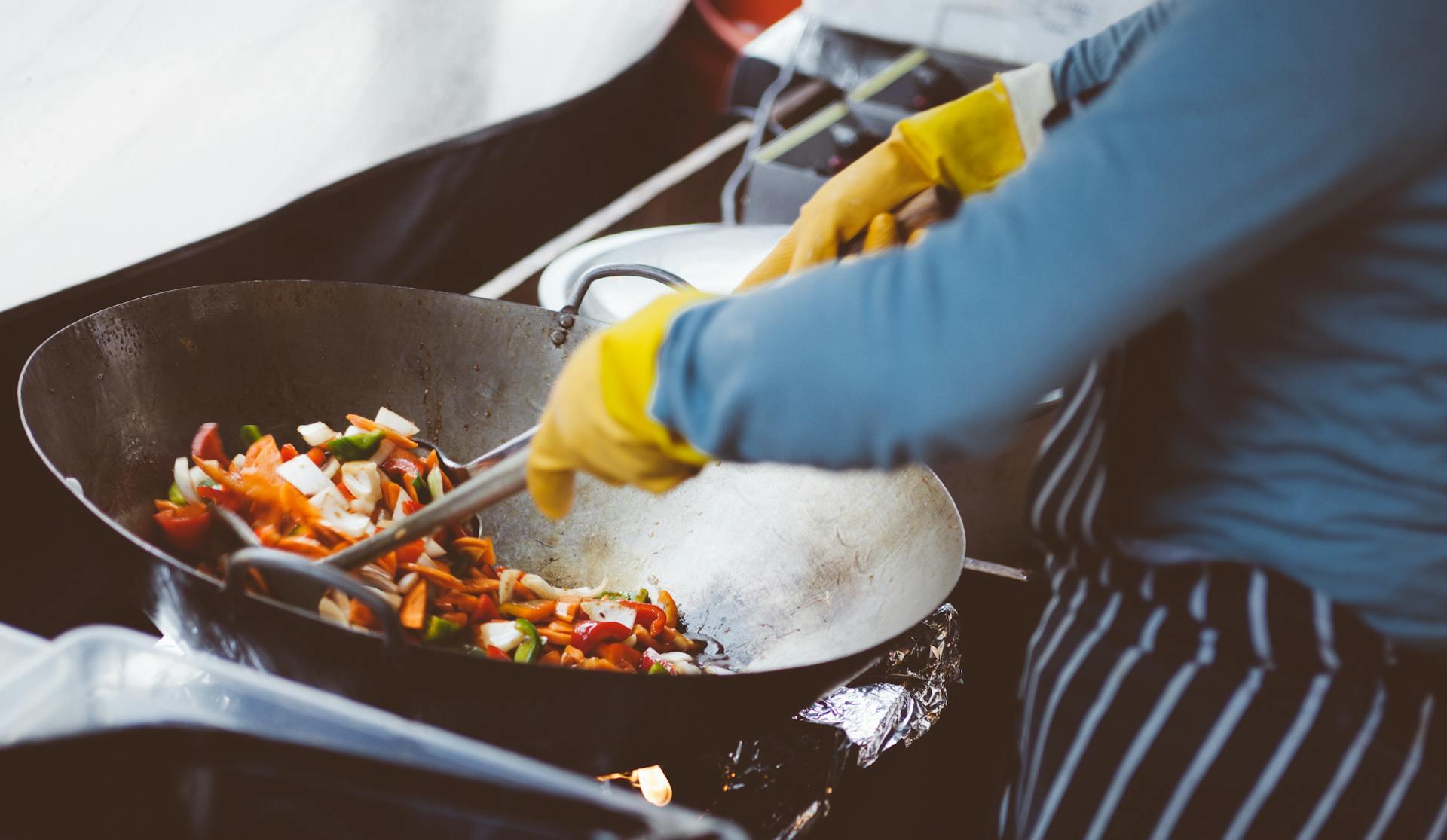

Stir-fry: The pumping heart of Chinese cuisine
Stirring is the basis of Chinese cooking methods, which are highly regarded for their quick preparation and ability to retain ingredients' natural flavor and texture. This method dates back to the Han Dynasty over 2,000 years ago when cooking was done primarily in fuel-efficient works.
You must follow a few basic guidelines to perfect the art of awakening.
First, ensure your wok is very hot before adding any ingredients for a quick and even cook. Second, cut the ingredients into equal portions for proper presentation and consistent cooking.
High heat is necessary because it burns the ingredients faster and retains moisture and flavor. Experiment with different oils like sesame seeds and peanuts for a depth of flavor and a deliciously stimulating-threatening experience. Spices like ginger, garlic, and onions make this dish complex.
Finishing the dish with a splash of soy or oyster sauce adds plenty of umami and a warmth worthy of a fine dining experience. Stir-fries can be creative by adding ingredients like tofu, shrimp, thinly sliced beef, and crispy vegetables. Improve your stir-frying skills by experimenting with fusion flavors, which honor the time-honored method of stir-frying while bringing traditional dishes with contemporary twists.
Don't forget to check out our blog If you are curious about traditional Chinese food. It can gives you lots of insights for cooking better.
Boiling: The Simplicity Art
The most straightforward Chinese cooking technique is boiling, which represents its simplicity and lets the natural flavor of the ingredients come through. Boiling is a fundamental technique used in Chinese kitchens for centuries, with roots in ancient cooking practices.
Consider adding aromatics to the cooking liquid, such as Sichuan peppercorns, cinnamon, or star anise, to improve the flavor image of boiled foods. It gives the meal depth and complexity, turning ordinary ingredients into delectable meals.
To elevate the humble boiled dish:
Try making a variety of broth bases, from delicate vegetable stocks to hearty bone broths.
Use ingredients high in protein and seasonal vegetables to make satisfying and healthy meals.
Garnish boiled dishes with a sprinkling of fresh herbs or a drop of fragrant sesame oil to give them a pop of color and flavor.
You don't need to be a professional chef to cook for yourself. Our guide to easy Chinese recipes doesn't require much cooking knowledge; even beginners can enjoy using these recipes.
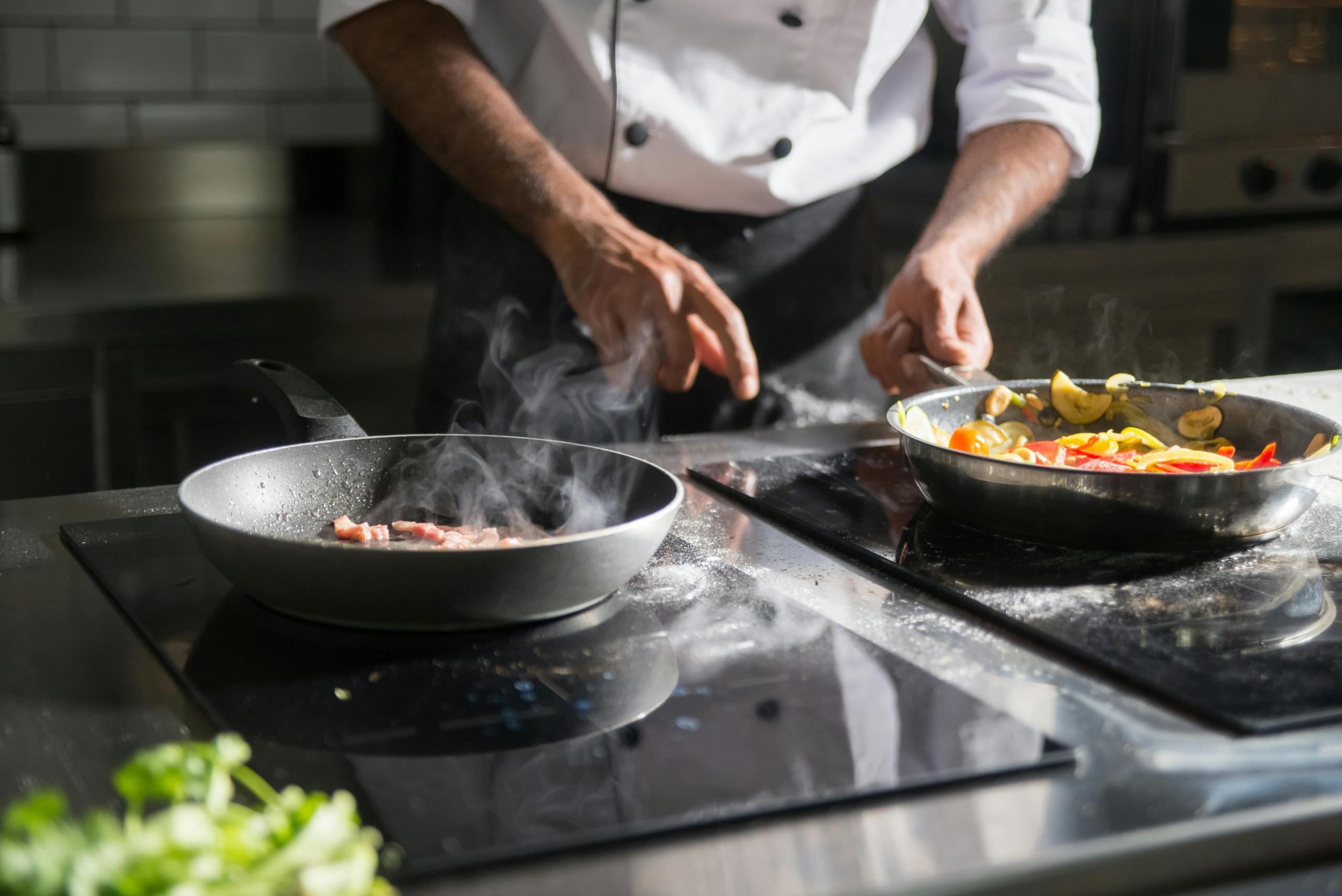
Braising: A Harmony of Tastes
Chinese slow cooking is best summed up by the method of braising, which is adored for its capacity to turn raw meat cuts and root vegetables into tender treats. Braising originated in ancient China and has evolved over centuries into various delicious dishes on dinner tables worldwide.
The secret to braising food to culinary arts perfection is patience. Simmer the ingredients in a tasty broth to bring out their inherent sweetness and tenderness. Use the potent properties of spices like cloves, cinnamon, and star anise to add layers of complexity to the braising liquid.
Try using different proteins, like tofu, duck leg, or pork belly, for a creative take on traditional braised dishes. Each adds a distinct texture and flavor to the dish. Use seasonal herbs and vegetables to give braised dishes flavor and vitality, transforming them from comfort food to gourmet creations.
Roasting: Reaching New Horizons for Flavors
In the Chinese culinary canon, roasting is a highly valued method that combines simplicity and elegance. Roasting has a millennium-old history and has developed into an art form that produces foods with unmatched flavor and texture.
Paying close attention to every detail is essential to roasting food to perfection. Start by choosing the best possible ingredients, like tender beef, savory pork, or juicy chicken. Marinate the meat in a healthy mixture of seasonings to allow it to absorb flavor and depth.
Add traditional Chinese spices like five-spice powder, ginger, and garlic to the marinade to give the meat various flavors and add another taste level. Make sure the meat is perfectly roasted so the outside is crispy and caramelized but the inside is still juicy.
Try testing different glazes and sauces to give roasted dishes an upscale touch. Try sweet and tangy hoisin or savory soy-based concoctions. Add some zest from the citrus and some fresh herbs for a bright pop of color that will turn any ordinary roast into an irresistible dish.
Chinese cooking expertise is represented in these centuries-old techniques, which produce food that is as flavorful and rich in history as it is. Superprof provides a wide range of cooking classes taught by professional chefs for individuals keen to learn more about the nuances of Chinese cuisine.
Regardless of your experience level, Superprof's courses offer invaluable guidance and practical instruction to enhance your culinary skills, whether you're a beginner looking to master the fine art of stir-frying or a proficient cook seeking to perfect your braising skills.
Chinese traditional cuisine is a multigenerational blend of flavors, textures, and cooking methods. Traditional Chinese cuisine invites diners on a sensory adventure as it highlights the harmonious relationship of ingredients and the art of balance, from steaming dumplings to tasting succulent Peking duck.
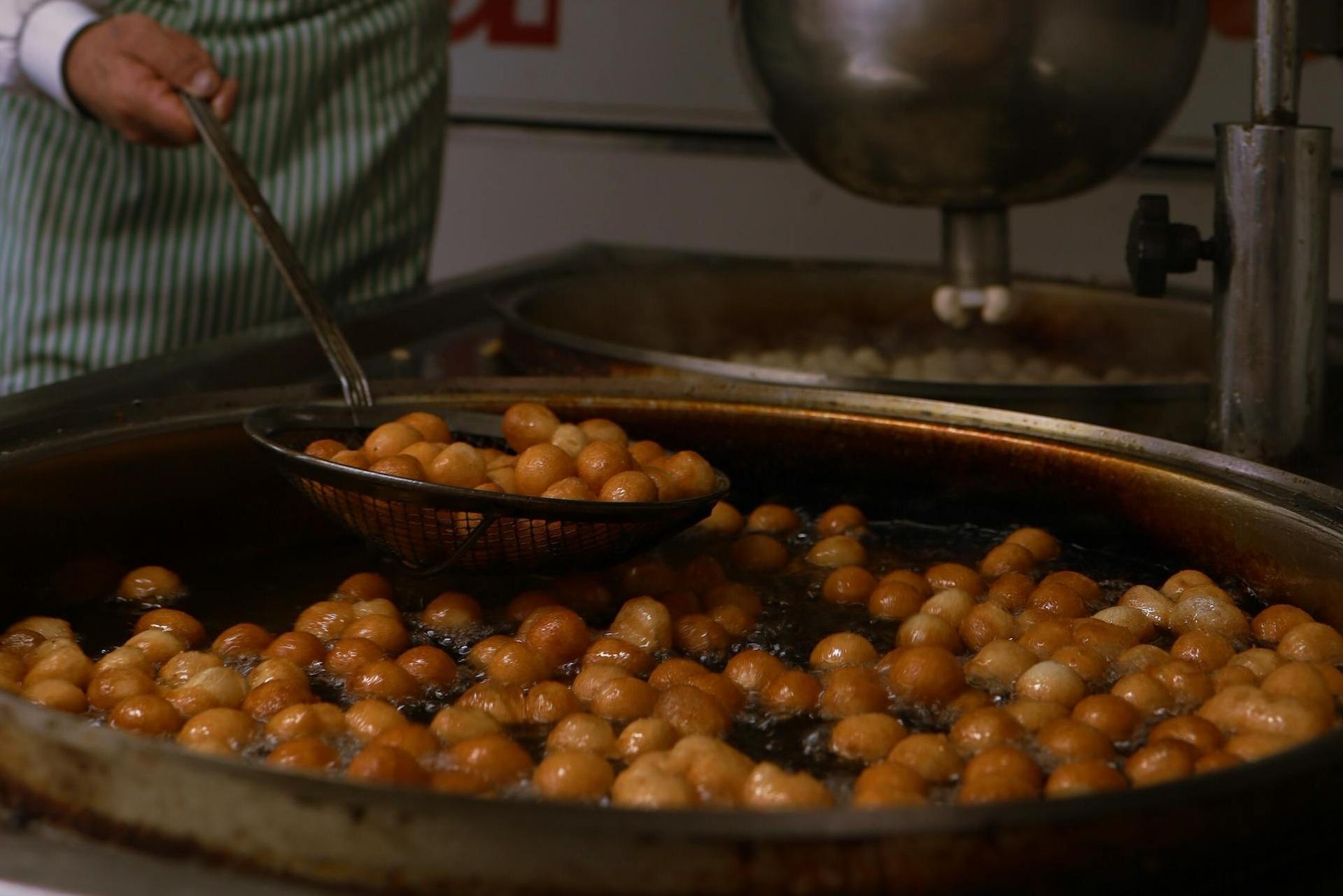

Deep-Frying: Crispy Treats
The magical effect of deep-frying in Chinese cooking can be imagined as hot woks, bubbling oil, and an appealing smell of crispy goodness floating through the air. Deep-frying has become a cooking treasure since the Song Dynasty, transforming ordinary ingredients into crispy specialties. Deep-frying adds the ideal crunch while retaining all the juicy goodness, whether it's crispy shrimp tempura or golden-brown spring rolls.
It's also rapid! Food cooks quickly at high temperatures, keeping it crispy on the outside and soft on the inside. So grab that hot oil the next time you're in the mood for something extravagant and fry away!
Steaming: Maintain Excellence
The magic of steaming occurs in bamboo steamers, commonly seen when walking into a traditional Chinese kitchen. Steam cooking has been the preferred cooking technique for centuries, and it is used for anything from seafood to dumplings. Steaming preserves ingredients' natural flavors while maintaining moisture content instead of boiling. And best of all, it's good for you!
Steaming generates all the flavor without the guilt, as there's no need for additional fats or oils. So, what could be easier than steaming some veggies or dumplings for a flavorful, light, and healthy meal? You are picturing it now.
To be aware of all the secrets in the kitchen, check out our Mastery guide to Chinese cooking. Professional chefs collect all the details you should know in cooking.
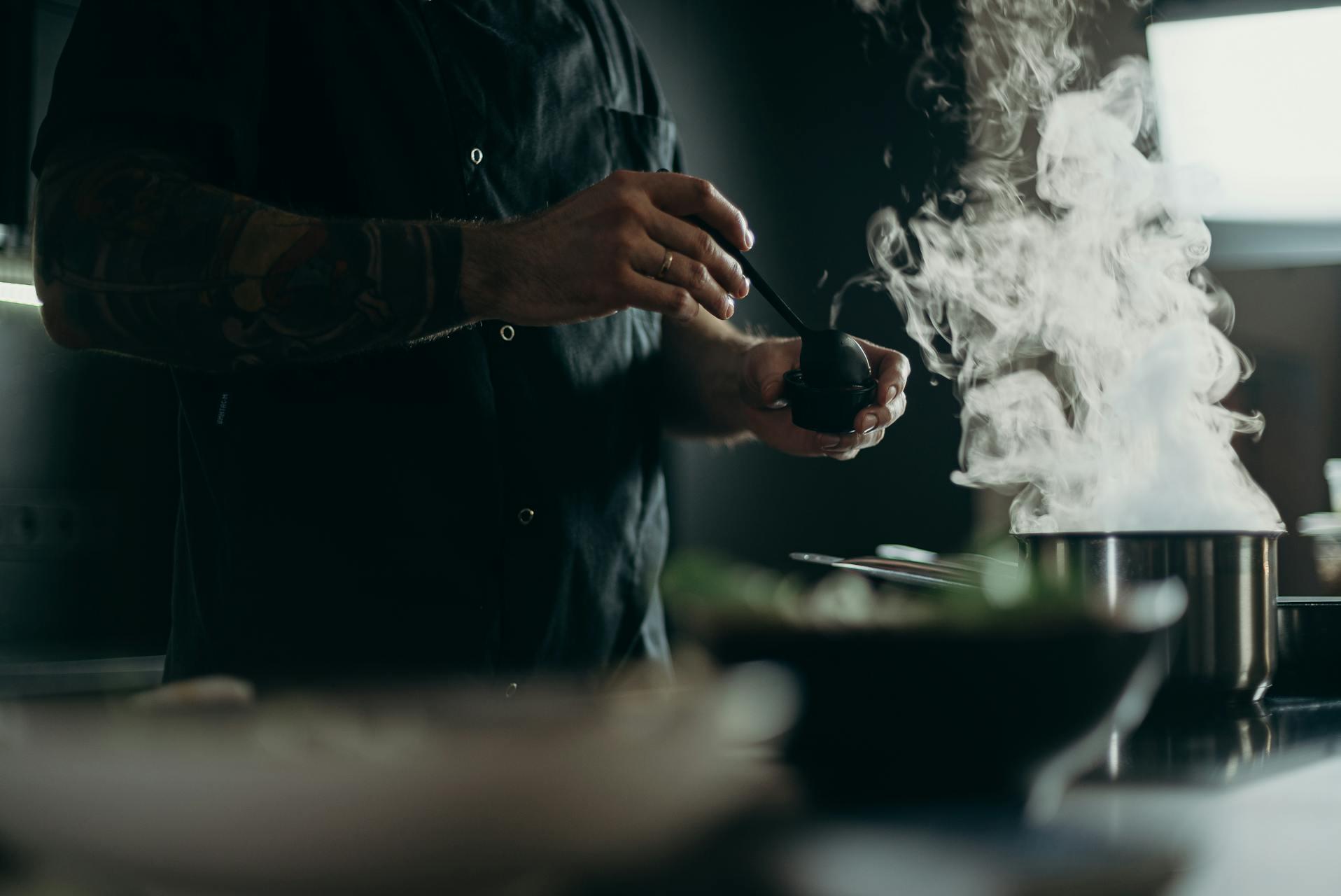
Smoking: Introducing a distinguished nuance
The appeal of smoking in Chinese cooking is best illustrated by closing your eyes and envisioning the delicious flavor of smoked tea leaves blending with tender ducks. Even though it's not as popular as other methods, smoking adds an enticing depth of flavor.
Food has been smoked for centuries to enhance its flavor and preserve it, giving rise to legendary Chinese dishes like tea-smoked duck. Even though it requires patience and time, the end product is well worth the wait—a rich, smoky flavor that elevates common ingredients to culinary masterpieces.
Pickling: Refreshing Alterations
When you pass through a Chinese market, you'll come across jars filled to the brim with treasures that have been pickled: crisp vegetables, tart fruits, and flavorful meats. Chinese cuisine gains a zesty twist from the age-old practice of pickling, which turns common ingredients into delightfully tangy treats.
With its solid flavors and zesty acidity, pickling enhances a variety of foods, including pickled cabbage and preserved eggs. It's also very adaptable! Use pickled veggies as salad dressings, condiments, or savory garnish for stir-fries and other dishes. So why not pickle some fruits or vegetables to satisfy your palate with a tart treat? Now you are aware of your needs.
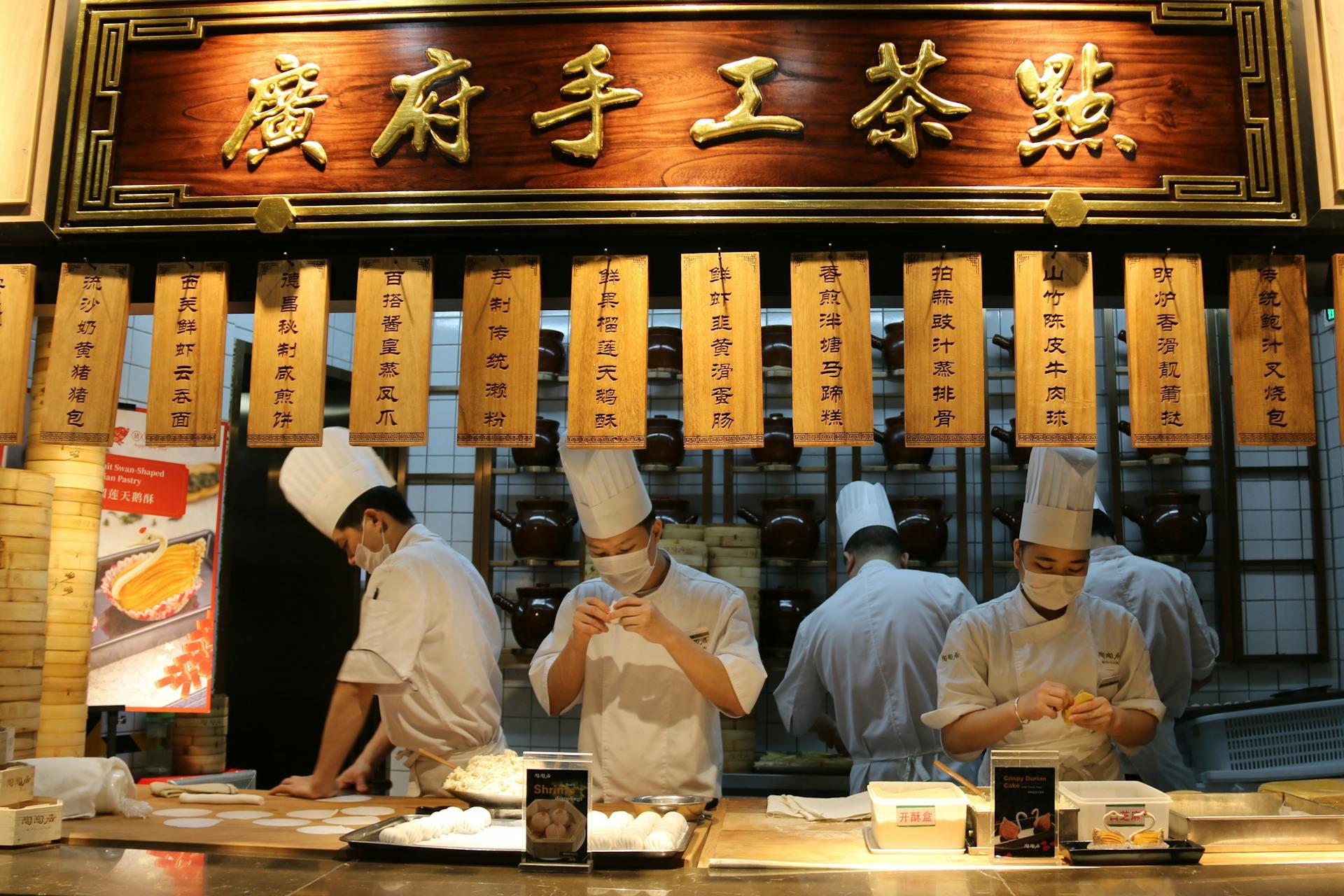
Wrap up
Understanding the basics of cooking is only the first step in Chinese cuisine. Understanding how these techniques are used to make delicious foods that appeal to the senses is as important as learning how to stir or steep them.
That's superprof work. You can learn from master chefs who use techniques and the art of blending flavors, textures, and ingredients to impress your guests with the intricacies of Chinese cooking.
But what about adding a Chinese dessert to the table? Chinese food is about more than just the main course. Various desserts, from sweet sesame balls to crunchy almond cookies, can satisfy your sweet tooth. Choosing the proper dessert for your meal is crucial to a complete dining experience.
A well-stocked kitchen is essential when it comes to appliances. From a bamboo cauldron to a trusty stir-fry wok, the right equipment can make all the difference when cooking a mouth-watering Chinese feast. So don't forget to check the list of important equipment in Chinese cooking.
The various flavors and textures have been passed down for generations. Chinese culture celebrates history, culture, and cuisine with delicious Peking duck and comforting hot pot dishes.
So why not take part in this culinary adventure and discover the wonders of Chinese food? With a superprof by your side, your options are almost limitless.

